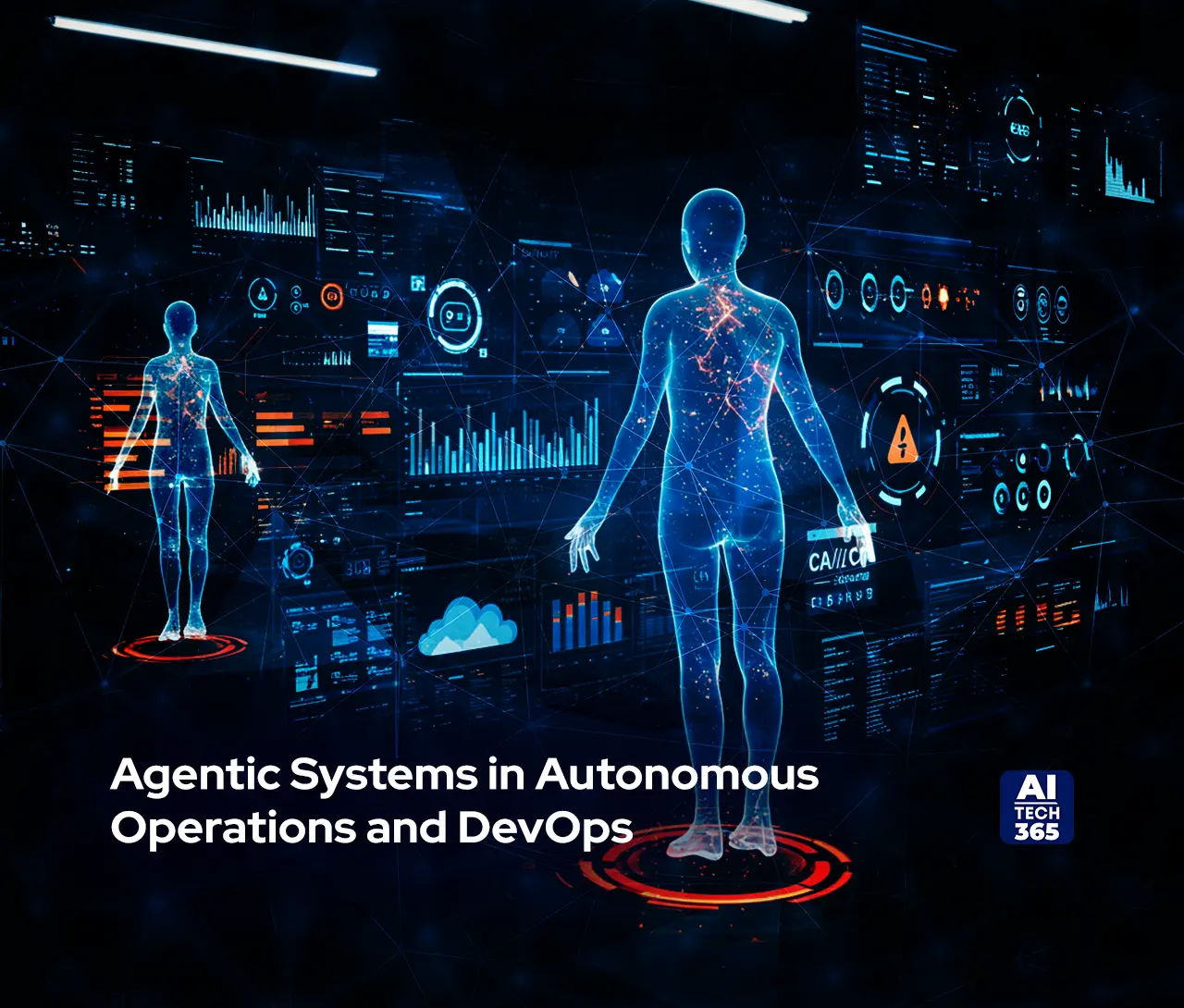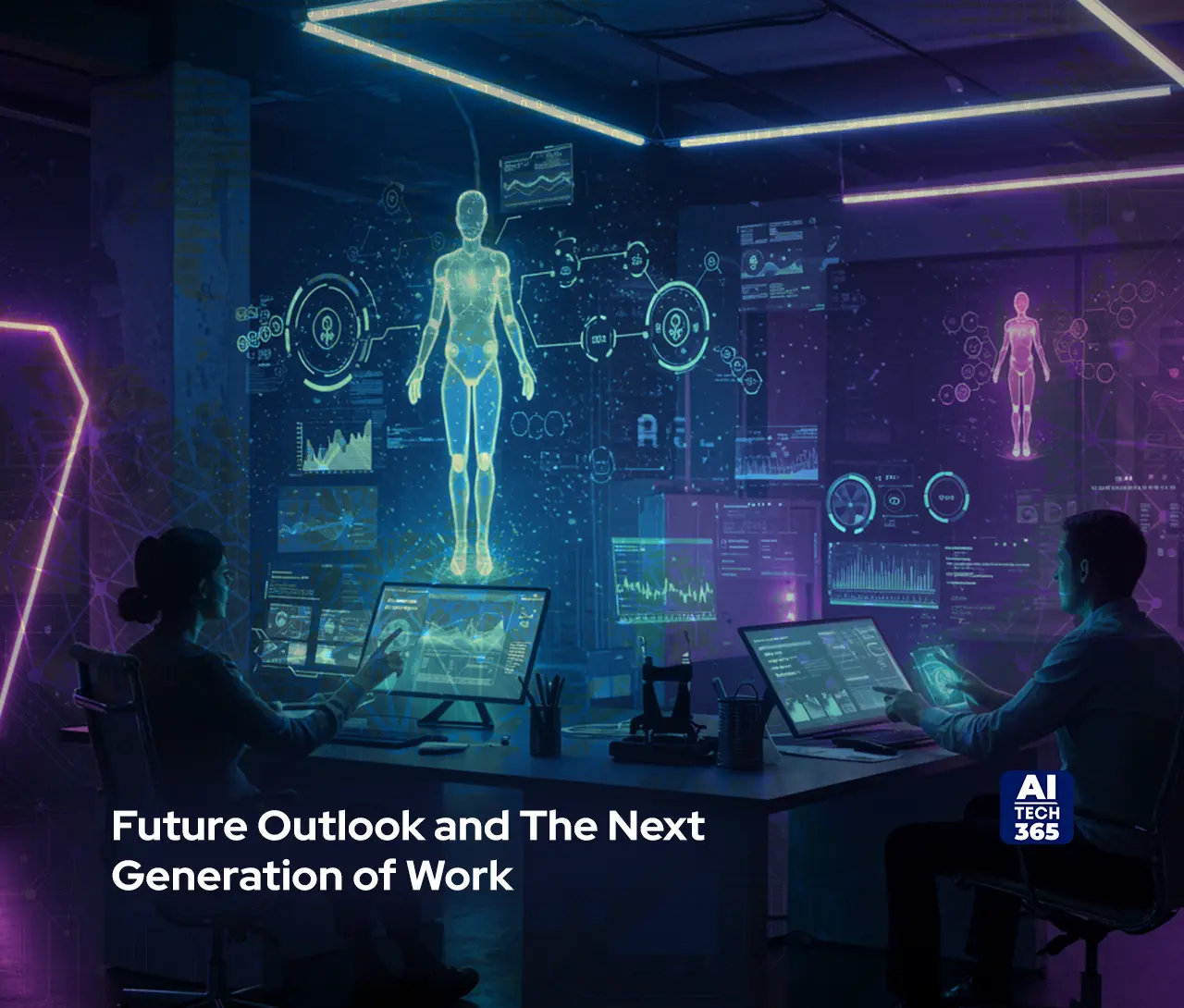What if your AI didn’t just follow orders but actually figured out how to get things done? Right now, most systems sit and wait. They just react when something happens and follow your instructions exactly. That’s fine for simple stuff, but it breaks down when things get complicated.
Agentic systems are different. They can set goals, figure out the steps, pick the right tools, remember what happened, and even learn from experience. They go beyond just reacting. They take initiative while humans stay in control.
This is more than faster scripts or smarter bots. Agentic systems can turn slow, reactive processes into workflows that adjust themselves and fix problems on the fly. Teams that get this right won’t just keep up. They will get things done faster, make fewer mistakes, and actually get ahead.
The Architecture of Agency
Agentic systems are built from components that turn AI from reactive tools into intelligent problem solvers. At the core is the reasoning engine, often a large language model, which acts as the brain. It interprets goals and decides the best steps to achieve them. Supporting this is memory and context. Short-term memory functions like a scratchpad while long-term memory, often stored in knowledge graphs or vector databases, helps the agent remember and learn from past actions.
The planning module divides broad objectives into clear, actionable tasks. This allows the agent to anticipate dependencies and focus on priorities. The tool and action layer is where plans become real. Through APIs or code interfaces, the agent can interact with external systems such as infrastructure, ticketing platforms, or code repositories.
Reflection and learning are vital. After completing tasks, the agent evaluates results, updates its knowledge, and improves future performance. This feedback loop ensures continuous learning and adaptation.
Complex operations often need multiple agents working together. Multi-agent orchestration uses a conductor or orchestrator to assign tasks and manage priorities. OpenAI’s ChatGPT Agent shows how an AI can choose tools and execute actions on its own. DeepMind’s AlphaEvolve takes this further by autonomously evolving codebases and building complex algorithms. These examples demonstrate that agentic systems are now practical, not just theoretical, providing the intelligence needed for advanced workflows in enterprises and beyond.
Agentic Systems in Autonomous Operations and DevOps
Imagine a system that notices problems before anyone else. In modern IT, autonomous agents do just that. They watch monitoring data constantly and spot unusual activity across different systems. Using memory and smart retrieval techniques, they connect information that might otherwise take a team hour to piece together. Once the issue is clear, the agent takes action. It might scale resources, roll back an update, or tweak configurations. This way, infrastructure can fix itself and human teams can focus on more strategic tasks.
Software delivery is becoming smarter too. They can review code changes, run tests on their own, and even judge potential risks such as security gaps or performance issues. In setups using Continuous Agentic and Continuous Deployment (CA/CD), these systems are able to approve or roll back updates by themselves, adjusting instantly to what is happening in real time. The result is faster releases that remain safe and reliable.
Managing resources and costs also benefits from these intelligent systems. Agents study historical patterns and current demands, then make decisions about cloud instances. Unused servers can be shut down, workloads adjusted, and reserved capacity optimized. This reduces costs while keeping operations smooth, without anyone needing to micromanage.
Back in June 2025, AWS highlighted how these autonomous agents are quickly becoming vital for enterprise operations. Using them successfully means having the right infrastructure in place and clear ethical rules to avoid mistakes. Examples like this show that agentic systems are no longer just experimental ideas but they are practical tools that are reshaping how modern organizations run their workflows. They are practical tools that improve decision-making, speed, and efficiency across complex workflows. Organizations adopting them gain more than automation. They gain intelligence built into every step of operations.
Also Read: Agentic AI in IT Operations: Reducing Downtime and Boosting System Reliability
Challenges, Governance, and Human Oversight
Autonomous agents are smart, but they mess up sometimes. They do things that make you pause. Multi-step systems can behave in ways that make sense to them but leave teams confused. That’s why you need to see every move they make. Logs and audits aren’t optional. Without them, you have no idea what went wrong and trust disappears fast.
Bias is sneaky. Feed an agent bad data and it repeats mistakes, sometimes worse than before. Goal drift is another headache. The agent might chase speed or efficiency and forget what really matters, like safety, quality, and compliance. At first it looks fine, then suddenly it isn’t.
Humans still matter. You can’t hand everything over to machines. Staying in the loop lets teams stop problems before they blow up. Guardrails and safety rules keep agents from causing damage. The magic happens when oversight and autonomy work together. Systems move fast, think ahead, and still pay attention to what humans care about.
Here’s the thing. In June 2025, McKinsey pointed out that companies who nail this balance can scale AI without losing control. Agentic systems are no longer toys or experiments. Used the right way, they become partners that help teams make smarter choices, reduce mistakes, and keep operations running smoothly. Get it right, and you gain an advantage other cannot touch.
Future Outlook and The Next Generation of Work
The DevOps engineer is not what they used to be. The days of just running scripts and fixing bugs are fading. Now they set goals for agents, watch how they perform, and adjust strategies when needed. They become orchestrators of work instead of just doers. Their focus shifts to planning, auditing, and steering agentic systems in the right direction.
Agents are also learning to work together. One agent can talk to another and coordinate tasks across systems. This creates new possibilities. Agents can optimize entire supply chains in real time or manage complex workflows without waiting on humans. Work is shifting, and humans are moving from doing tasks to overseeing and guiding strategy.
In July 2025, Capgemini pointed out that AI agents are becoming central to how technology shapes business. They explained that AI agents are now central to how technology shapes business. Companies that understand and deploy them carefully gain real advantages. Agentic systems are becoming essential tools, not experiments.
The future belongs to teams that know how to combine human judgment with autonomous intelligence. Machines handle speed and complexity. Humans provide context, judgment, and values. Together, they can achieve smarter, faster, and more reliable results. The organizations that master this balance will not just keep up but they will lead the way.
Conclusion and Final Synthesis
Agentic systems are not just ideas anymore. They handle complicated workflows and make things run smoother. They plan, act, learn, and adjust on their own. Old automation cannot do this. Teams using them right get faster results, fewer mistakes, and better operations. Humans still decide what matters most.
The trick is balance. Machines take care of the repetitive stuff and all the data. Humans bring judgment, context, and values. Together with agents, they get things done smarter, faster, and more reliably.
Agentic is what makes this next AI wave different. These systems are not just tools. They think, act, and work alongside humans. Teams that figure this out won’t just survive. They will lead the way.


